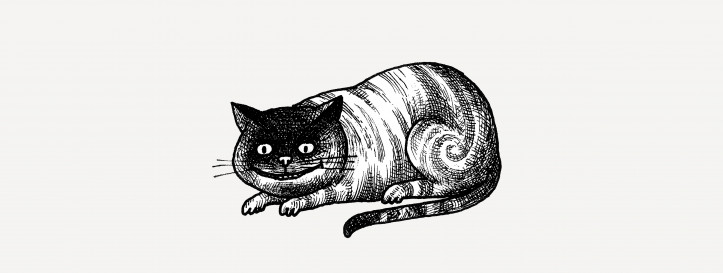
They’re there from the beginning. The first living creature we hear about as babies. Nanny’s favourite animal, hero of lullabies about the big, wide world. From the child’s imagination they slip silently into reality. According to Ernest Hemingway, who lived with 40 representatives of the species, “One cat just leads to another.” People think that cats have not one life, but seven or nine; that they can grant us eternity. “Only my love of cats will redeem me,” wrote Bohumil Hrabal. However, before the inevitable end, there are no doubt many long autumn evenings to come. Maybe you’d like to spend them in the company of 13 randomly-chosen cats. They move freely, almost unnoticed, between the world of wild fantasy and domesticated reality. Because you just never know with cats.

Karaneko
The beautiful Chinese cat that was admired by Japanese aristocrats from as early as the Middle Ages. Admittedly, the maneki-neko cats waving their paws for good luck in almost every Asian restaurant these days have many ancestors in Japanese culture, both serious and playful. They can be found strolling across Japanese woodcuts and kimono patterns, playing football, working and dancing, sitting at the feet of beautiful women, or seducing men.
It was perhaps under the influence of feline love that Tsunayoshi, the fifth shōgun of the Tokugawa dynasty, issued over 100 decrees in the 17th century called shōrui awaremi no rei – an ordinance on mercy towards living creatures. They stipulated, for example, that it was forbidden to abandon sick cows and horses, that the punishment for animal abuse was imprisonment, and that killing a dog carried the death penalty. However, after the shōgun’s death, the decrees were acknowledged as overly oppressive towards humans.

The Cheshire Cat
The well-known character from Lewis Carroll’s Alice in Wonderland, and indeed one of the nicest and politest characters in the








